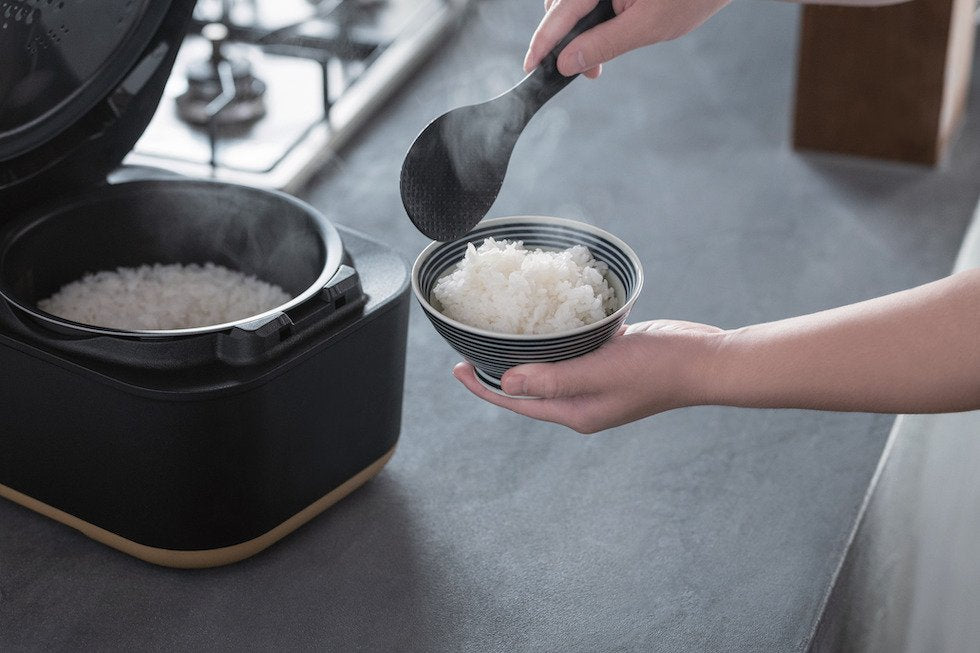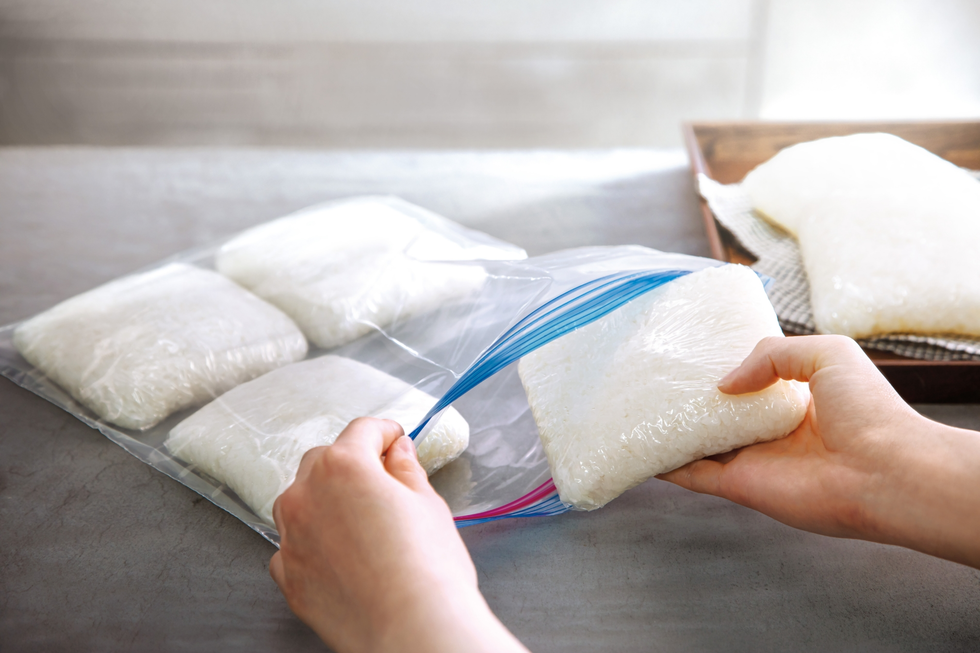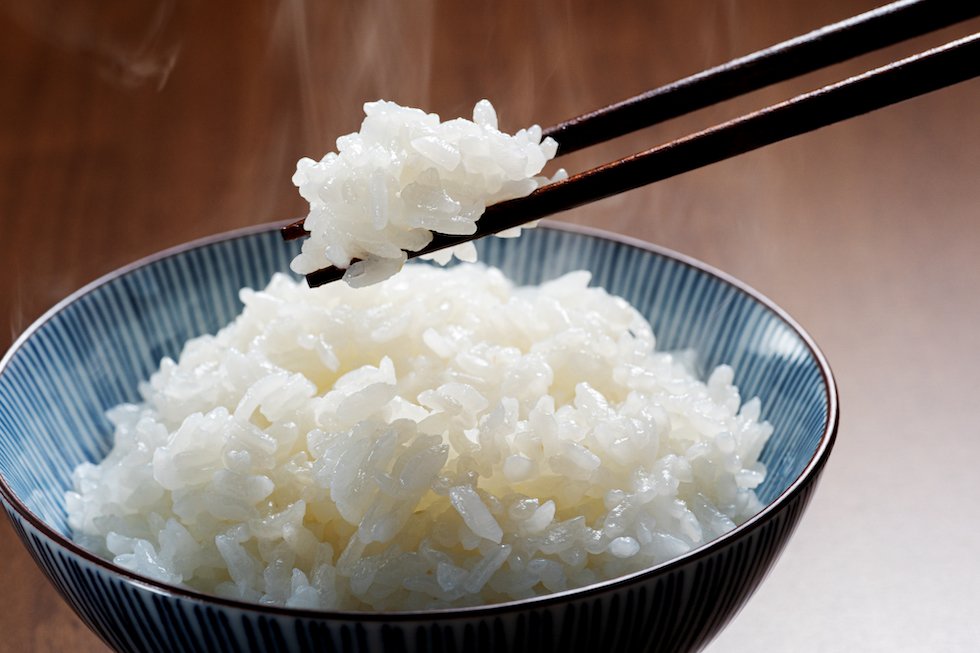Zojirushi Safety Statement: The Rice Cooker is Designed for Rice
In the UK, many users are experimenting with non-traditional recipes in their rice cookers. However, using your appliance for anything other than its intended purpose—rice, porridge, or specifically programmed settings—can lead to internal damage, warranty voidance, and even personal injury.
This guide outlines the essential safety precautions and the forbidden viral recipes you must avoid.
1. The Critical Forbidden List: Recipes That Can Cause Damage
Many popular TikTok and Instagram recipes involve throwing non-rice ingredients directly into the inner pot. These foods often interact with heat and steam in unpredictable ways, blocking vents or causing the temperature sensor to malfunction.
The following ingredients or cooking methods are strictly forbidden, as they can cause overflowing, scorching, sensor damage, or corrosion of the inner pot’s coating:
- Thick/Viscous Foods (Curry, Stews, Jam): Heat retained by thickening agents (like cornflour or roux) tricks the sensor, leading to severe scorching on the bottom of the pot.
- Expanding Ingredients: Dried beans, pasta, noodles, or heavily leavened doughs that increase significantly in volume and can block the steam vent.
- Strong Acids (Vinegar): Cooking sushi rice or any recipe with high acidity (e.g., strong vinegar solutions) can permanently corrode the fluorocarbon non-stick coating on the inner pot.
- Excess Oil/Fats: Large amounts of oil can cause excessive temperatures and damage the thermal sensor.
- Foaming Ingredients: Ingredients like baking soda or large amounts of baking powder that cause rapid foaming and overflow during the cooking cycle.

Avoid highly viscous foods like curry and stew to protect your rice cooker's temperature sensor.
2. Forbidden Objects: Why No Cling Film or Foil?
Many recipes advise using wrapping materials inside the inner pot to steam ingredients. However, this poses a serious risk:
Wrapping Materials NG
- Plastic Bags, Cling Film, Aluminium Foil: Placing any of these materials inside the inner pot can block the steam vent (出氣口), causing steam to leak from the lid seals, leading to injury, malfunction, or the lid opening unexpectedly.
- Vegetable Skins/Leaves: Even natural items like the outer leaves of cabbage or whole tomato skins can shift during cooking and block the steam pathway.
3. Daily Usage Safety: Placement and Maintenance Checklist
Beyond forbidden recipes, improper placement and usage are common causes of appliance damage and reduced lifespan.
3.1 Placement and Environment
- Avoid Heat and Moisture: Never place the cooker near water (risk of electric shock), direct sunlight, or near other heat sources (like an electric hob).
- Ventilation is Key: Ensure the cooker is placed at least 30cm away from walls, cabinets, or furniture. Steam released during cooking can warp or damage nearby surfaces.
- Stable Surface: Always place the unit on a stable, heat-resistant surface.
3.2 Usage and Maintenance NG
- Do Not Cover the Steam Vent: Never cover the steam vent with a cloth or anything else while cooking; this causes heat build-up and potential damage.
- Keep Plugs Dry (UK Specific): Always handle the plug with dry hands. Ensure no steam or moisture ever contacts the UK plug or socket, as this poses a severe risk of electric shock or short circuit.
- Keep it Clean: Regularly clean the inner lid and steam vent. Residue can lead to blockages and malfunctions.

Never use a damaged cord or plug, and keep all electrical components dry.
4. How to Safely Cook Non-Rice Recipes?
If you wish to explore cooking dishes like cake, bread, or thick porridge, you must use a model with dedicated, specific menu settings. These settings are engineered to manage temperature fluctuations and avoid the sensor issues caused by viscous foods.

Safe Multipurpose Cooking Solution
This versatile model features dedicated programs for cake, porridge, and sweet rice, allowing you to safely explore non-rice recipes without risk of damage.
View NL-AAQ SeriesView our entire range of versatile rice cookers here: Zojirushi Collection.
FAQ: Common Questions
Q: Does the 'Slow Cook' setting allow me to make thicker stews or curries?
A: No. Unless your specific model has a dedicated 'Curry' or 'Stew' setting, the 'Slow Cook' setting is usually designed for gentle, low-viscosity liquid cooking. Highly viscous liquids can still cause scorching and sensor malfunction.
Q: I've accidentally cooked soup in my inner pot before. Is it damaged?
A: If you cooked a clear soup that didn't scorch the bottom, your cooker is likely fine. However, inspect the temperature sensor on the bottom of the cooker body and the non-stick coating for any signs of pitting or damage before using it again.
Q: Can I use vinegar to clean the inner pot?
A: Yes, a mild vinegar solution is generally safe for cleaning the outside or the removable inner lid. The warning against acid (Section 1) applies specifically to *heating* strong acids inside the pot, which can strip the non-stick coating.
Protect Your Investment.
Ensure a long lifespan by following official usage guidelines.
Shop Japanese Rice Cookers (UK Plug)



